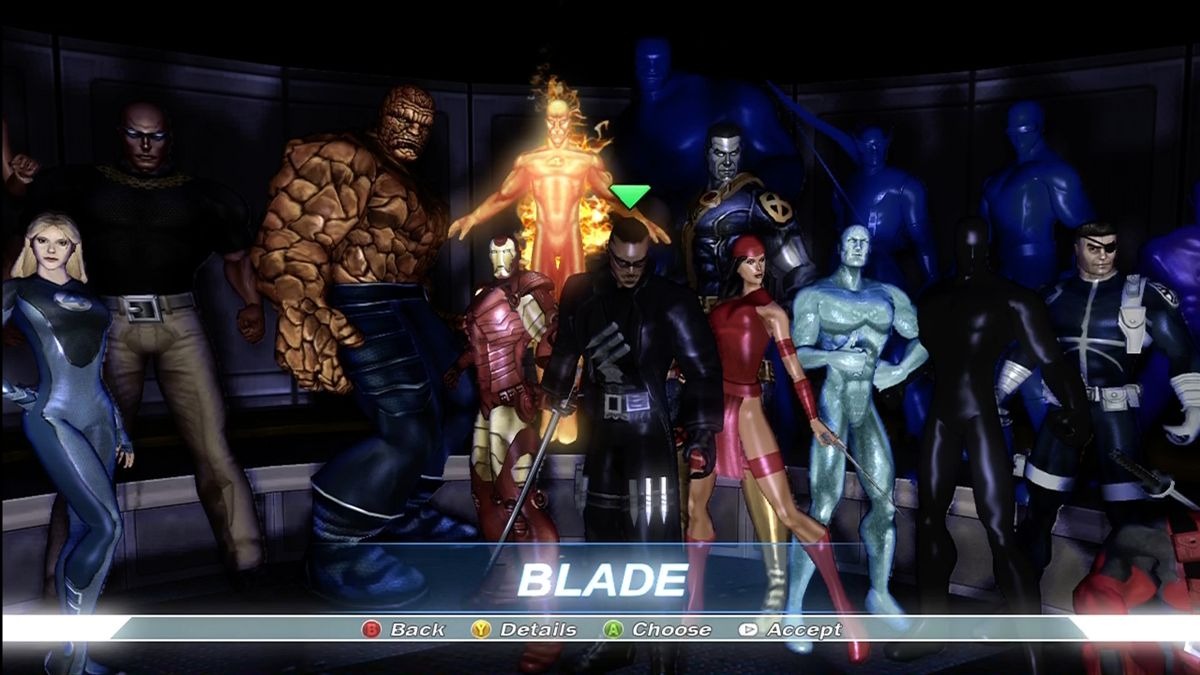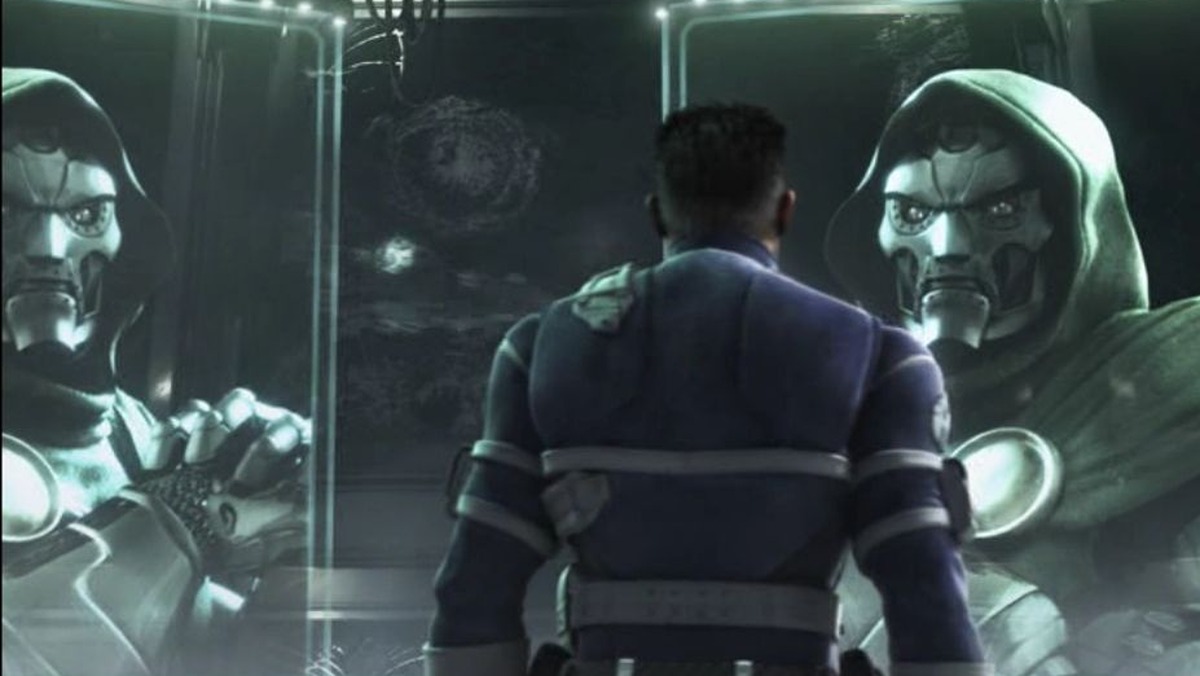To say that Deadpool & Wolverine has been a success so far is a major understatement. It has made well over $800 million at the worldwide box office as of publication and has left critics and general audiences alike thoroughly entertained.
At the same time, it has reignited many Marvel Cinematic Universe fans’ love for the franchise after a tumultuous few years. Surprisingly, it has also managed to get Marvel movie enthusiasts in their feelings over some non-MCU endeavors, including some that have spent decades either overlooked by the mainstream or downright lambasted by it.
One of the most shocking moments of Deadpool & Wolverine features the titular heroes encountering some familiar (and one not-so-familiar) multiversal faces. Chris Evans heats up as Human Torch, Wesley Snipes returns as Blade, Jennifer Garner reprises Elektra Natchios, Dafne Keene makes an X-23 comeback, and, after years of being signed to the role under the 20th Century Fox banner, Channing Tatum finally gets to play the Ragin’ Cajun himself, Remy “Gambit” LeBeau.
Did the Fantastic Four duology somewhat miss the mark? Was the last Blade film a bust? Were Daredevil and Elektra not great? Correct on all counts, but there’s something undeniably special about seeing these legacy actors return to roles no one thought they’d ever get to play again, much less team up and get full-on action sequences. As I sat in the theater and took it all in, my childhood suddenly reviving itself in the form of a ragtag band of multiverse heroes right before my eyes, I couldn’t help but be reminded of one of Marvel’s greatest video game franchises.
What makes Deadpool & Wolverine‘s Multiverse team-up so special is the same secret sauce that makes the long-running Marvel Ultimate Alliance series so fun.

Unique, wild team-ups are at the core of the Ultimate Alliance series
Released in 2006, 2009, and 2019, respectively, Ultimate Alliance, Ultimate Alliance 2, and Ultimate Alliance 3: The Black Order are the perfect games for any Marvel fan. Much like how Deadpool & Wolverine is a loving tribute to the pre-MCU era of Marvel films, the Ultimate Alliance saga is a love letter to Marvel Comics history. Throughout each game, players battle legendary villains, visit iconic locales, and interact with beloved supporting characters, all while embarking on appropriately comic-booky missions. Then there’s the true pièce de résistance of the series, the team building.
Throughout the Ultimate Alliance games, players are encouraged to make their own unique hero teams. Sure, they can go for the Avengers, the X-Men, and the Fantastic Four, but the expansive rosters encourage creativity. Wanna have Daredevil (Brian Bloom), Penance (Ben Diskin), Songbird (Susan Spano), and Spider-Man (Diskin) all on one team? What about Doctor Strange (James Horan), Iron Man (John Cygan), Spider-Woman (Tasia Valenza), and Colossus (Nolan North)? Go for it. In fact, in Ultimate Alliance and Ultimate Alliance 3, you can even put Blade (Khary Payton, Imari Williams), Elektra (Gabrielle Carteris, Kat Carissa), Wolverine (Steve Blum), and Deadpool (John Kassir, Nolan North) on the same team to go off on some Deadpool & Wolverine-inspired adventures.
Further incentivizing the team-building element, the games feature hidden Team Bonuses, which grant buffs based on specific hero configurations. For instance, in the first game, the Blade, Elektra, Wolverine, and Deadpool combo was called Assassins and granted players +60 S.H.I.E.L.D. credit drops. The group can be formed under Anti-Heroes or Cutting Edge in the third installment, both coming with strength stat buffs.

Could Ultimate Alliance be the key to the Multiverse Saga’s future?
Blade, Elektra, X-23, Gambit, Deadpool, and Wolverine united on the big screen was truly like an Ultimate Alliance team come to life. A group of heroes who largely have no business working together doing so to take down a common enemy is what those games are built on. The joy of crafting those wild teams is why I and so many others have such a fondness for the franchise, and evidently, that concept went a long way in boosting the already incredible hype behind Deadpool & Wolverine. Thus, one can only hope that the minds behind the MCU’s Multiverse Saga take notice.
Similarly to the Ultimate Alliance series, the Multiverse Saga has been about the unexpected, universe-threatening enemies and unlikely alliances created to save the day. Deadpool & Wolverine takes these elements to the next level, and so should future Multiverse Saga entries. Based on reactions to the film and its multiversal inclusions, audiences yearn for more bonkers team-ups in MCU stories.
The Marvel roster is vast with countless characters still ripe for adaptation, and there are still loads of film favorites yet to return to the big screen for one more run. Marvel Studios should look to the Ultimate Alliance series for inspiration, maintaining that throughline of team-up fun going forward. Perhaps more niche Ultimate Alliance teams will even make their live-action debuts down the road.
With presumably Multiverse-heavy features like Avengers: Doomsday and Avengers: Secret Wars on their way down the production pipeline, it shouldn’t be long before more Multiverse teams like those in Deadpool & Wolverine will come to fruition. In the meantime, the Ultimate Alliance trilogy is more than worth playing. Not only are they fun and engaging for Marvel fans of all levels, but their team-building element could very well hold the key to the Multiverse Saga’s future.






Published: Aug 10, 2024 10:15 am